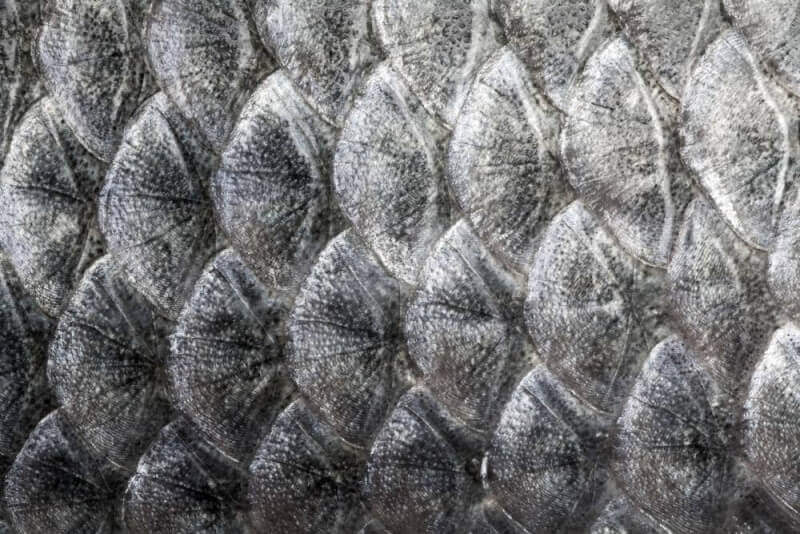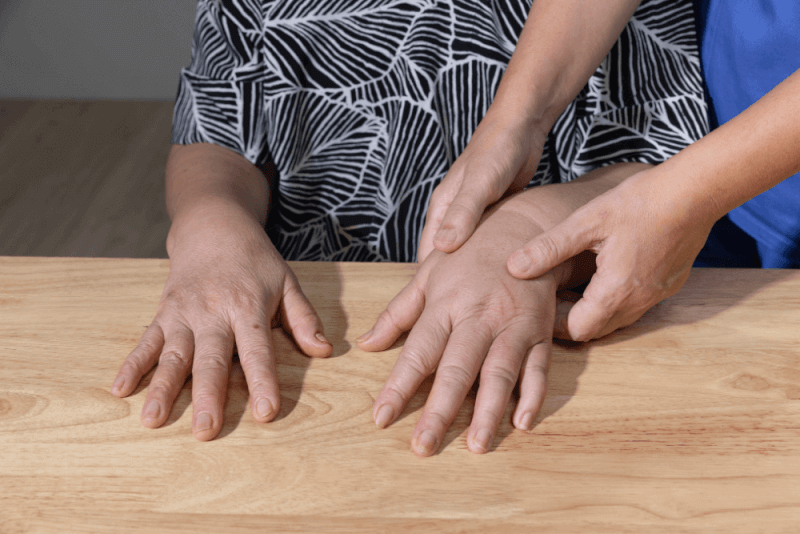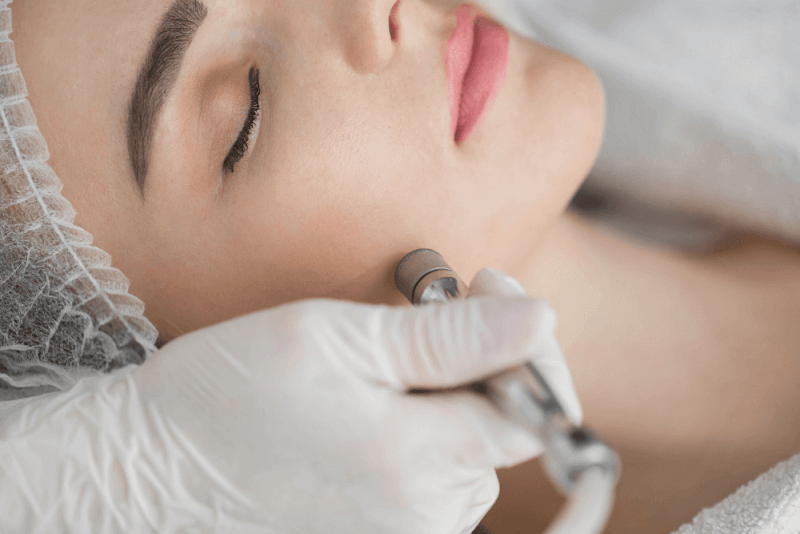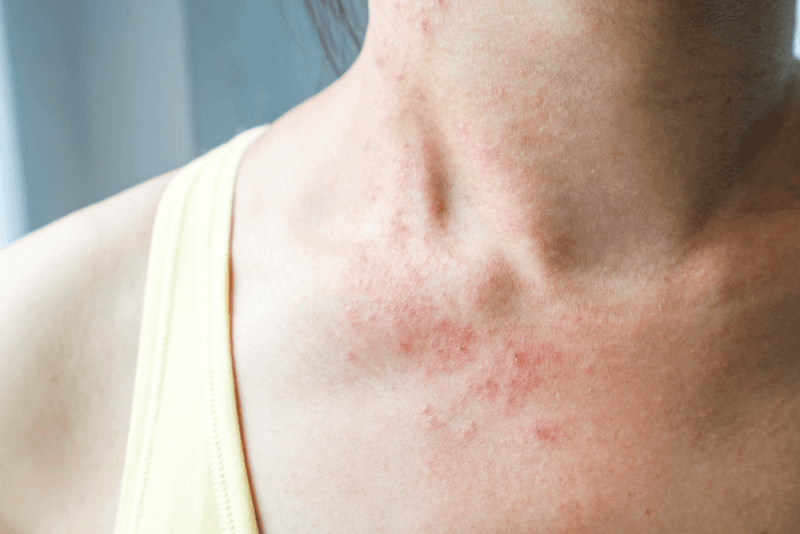What is fish scale disease?
Ichthyosis, one of the rare genetic diseases, is popularly known as fish scale disease. The disease, which was first described in 1771, was later recognized to be genetic when it was observed in 3 generations of the patient’s family.
Although some studies report an incidence of one in 250 people, these patients are those with mild fish scale disease. Although it is usually a genetically inherited disease, some patients may have the disease without genetic inheritance. These cases are called acquired fish scale disease.
In individuals without fish scale disease, the epidermis cells that make up the top layer of the skin are shed after completing their life cycle. However, this is not the case for fish scale patients. For this reason, dead skin continues to accumulate on the epidermis. In this case, the skin of patients develops images similar to fish scales.
The upper layer of the epidermis, which protects the skin against external factors, is called the stratum corneum. This layer, previously known as dead cells, is vital in keeping the skin moisturized. Cells called corneocytes are involved in the formation of this layer of keratin. These cells not only keep the skin moisturized but also make it supple.
Diagnostic methods for fish scale disease
Since fish scale disease is a disease characterized by its appearance, dermatologists can diagnose it only by physical examination. It is also important to learn the medical family history of patients. Blood tests and biopsies are used to confirm the diagnosis and differentiate it from psoriasis.
Symptoms of fish scale disease
The characteristic symptom of fish scale disease is the accumulation of layers of dead cells on the skin. These layers are polygonal and usually brown in color. However, it is also possible for the layers to be gray or white. There may also be scaling of the scalp.
Patients’ skin becomes thick and dry. This dryness also causes itching in patients. These complaints increase in winter months due to weather conditions. Scaling is usually seen on the elbows and legs of patients. It is also severely visible on the palms of the hands and soles of the feet of advanced patients. These patients also have deep and painful cracks.
In addition to these symptoms, sweating problems are observed in patients with fish scale. Because these patients cannot sweat.
Causes of fish scale disease
Fish scale disease is usually present from birth. In some patients, it occurs in the first few years of childhood. In some patients, symptoms disappear after childhood. However, in some cases, symptoms may return in adulthood. In some patients, symptoms that start in childhood persist throughout their lives.
The cause of fish scales is the excessive accumulation of chronic protein in the upper layers of the skin. Failure of the interaction and functions between epidermal proteins and lipids in the structure of the skin causes the disease to occur.
Fish scale disease is a genetic disease. For the disease to be transmitted, it is sufficient for one of the patient’s parents to have had the disease. Their children have a 100% chance of having fish scale disease.
Although rare, fish scale disease can be seen in some patients without genetic transmission. The causes of acquired fish scale disease include thyroid diseases, kidney failure and cancer. Some medicines can also cause this disease as a side effect.
In addition, fish scale disease is also seen due to skin diseases such as keratosis pilaris or atopic dermatitis. It is possible to list the causes of acquired fish scale disease as follows.
- Use of certain medications such as cimetidine, nicotinic acid and clofazimine
- HIV
- Leprosy
- Sarcoidosis
- Endocrine gland diseases
Fish scale disease treatment
There is no definitive treatment for fish scale disease. For this reason, treatments are aimed at alleviating symptoms. This is why the treatment of fish scale disease is called antisymptomatic treatment.
In order to exfoliate the dead cells of fish scale patients, it is recommended to scrub while bathing or rub the dead cells with a pumice stone. In addition, moisturizers containing urea or propylene glycol should be used continuously to keep the skin constantly moisturized and exfoliate dead cells. In addition, products containing salicylic or lactic acid will also exfoliate dead cells.
Another method recommended for people with fish scale is to constantly use air humidifiers in their homes. Patients need to constantly humidify their environment, especially in the winter months, as more dry air causes symptoms to worsen.
In addition, dermatologists prescribe medications to remove dead cells and moisturize the skin. These medicines are also effective in reducing inflammation and itching of the skin. Cosmetically, lactic acid and alpha hydroxide acid in anti-aging products and retinoids that reduce skin cells are effective in reducing the symptoms of the disease. It is especially recommended for use in cases such as hair loss and lip swelling. It is recommended not to use these medicines and creams during pregnancy.
What are the types of fish scale disease?
There are different types of fish scale disease, which is defined as a genetically inherited disease. The symptoms of these varieties are similar to each other.
Y chromosome-linked fish scale disease
This disease only occurs in men. It is passed from father to son via the Y chromosome. That is why it gets this name. The symptoms of this type of fish scale disease include scaling, especially on the limbs and trunk.
Congenital ichthyosiform erythroderma
It is the least common type of fish scale disease. In this form of the disease, there is more than one abnormality. It is characterized by a thin layer of peeling over the entire skin surface, with symptoms appearing at birth.
Variegated fish scale disease
In variegated fish scale disease, the rarest form of fish scale disease, the scaling can be very severe. In the case of infants, intensive care treatment is required.
In addition to these varieties of fish scale disease, there are also varieties such as Sjöngren-Larsson syndrome and Netherton syndrome.
What are the complications of fish scale disease?
Although fish scale disease cannot be cured, it needs to be controlled. Otherwise, it causes some health problems in patients. These complications include the following:
- Difficulty moving body parts with dry skin
- Visual impairment in case of corneal damage
- Depression
- Greater calorie expenditure due to the skin spending more energy to transform cells
- Slow hair growth due to scaling of the scalp
- Increased body temperature due to blockage of sweat glands
- Dehydration
- Skin infections
In addition to the above complications, untreated fish scale disease in men can cause the following problems:
- Low sperm count
- Testicular cancer
- Undescended testicle
- Hidden testicle
What should be considered in fish scale disease?
Recent studies on fish scale disease have proven the importance of diet in this disease, as in other skin diseases. This is because some foods cause allergic reactions, leading to more skin lesions. These foods include seafood, peanuts, soy, wheat, eggs, milk and sesame seeds. In addition, some patients may have specific allergens. It is extremely important for patients to discover and avoid these allergens in order to manage the disease.
In addition to diet, people with fish scale can also get help from medicinal waters. However, these patients should not bathe with very hot water. In addition, they should avoid harsh chemicals such as alcohol and parabens that cause further drying of the skin and keep their skin constantly moisturized.
Herbal treatment of fish scale disease
There is no herbal method to treat fish scale disease. However, patients can use herbal supplements to keep their skin moisturized. People with fish scale disease should especially avoid gluten, refined sugar and processed foods. Because these foods cause inflammation in the body. In addition, the foods recommended to be consumed by patients include the following:
- Magnesium is known to be good for the skin. For this reason, patients are recommended to consume foods such as pumpkin seeds, sweet potatoes, bananas and spinach.
- Vitamins B, C, D and E should be consumed for both skin health and strengthening the immune system.
- Oily fish and chia seeds can be used to moisturize the skin.
- In addition to these recommendations, oat baths are recommended to reduce itching and exfoliate dead skin cells, and coconut oil is recommended to soften the skin.












